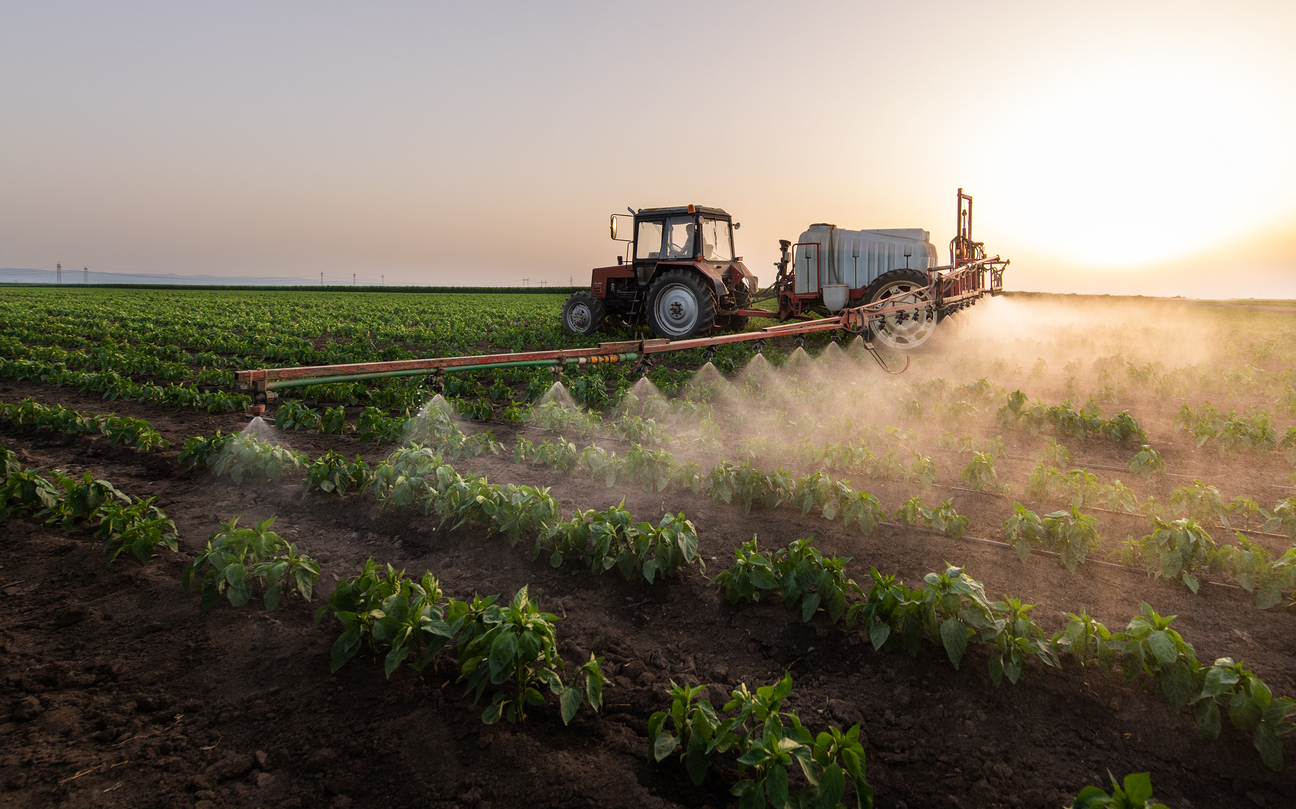2025-01-09
Pesticides: Securing Fields, Saving Health!
Public Health and Social Medicine
The use of pesticides in agriculture, while essential for pest control,
poses a major public health challenge, particularly in developing countries.
Excessive or improper use of these chemicals can lead to acute health symptoms such as headaches, nausea, and respiratory issues, predominantly
affecting farmers. Despite the availability of recommended safety practices for
handling pesticides, many farmers remain exposed to significant risks.
The analysis revealed that adherence to safe pesticide use practices is low, with an average of only 43.1% across the countries studied. Significant variations were observed, ranging from 12.5% in Tanzania to 87.2% in Iran. The findings also indicated that safety practices are influenced by factors such as better knowledge, positive attitudes towards pesticides, higher education levels, and more than five years of experience in their use.
Regarding health symptoms, the study showed that, on average, 30.36% of farmers reported acute health symptoms related to pesticide exposure, with substantial differences between countries. The lowest rate of symptoms was observed in Ethiopia (1.59%), while the highest rate was reported in Kuwait (55.76%).
Safety Practices and Acute Symptoms: A Status Report
This study investigated pesticide safety practices and the prevalence of acute health symptoms among farmers in several developing countries.The analysis revealed that adherence to safe pesticide use practices is low, with an average of only 43.1% across the countries studied. Significant variations were observed, ranging from 12.5% in Tanzania to 87.2% in Iran. The findings also indicated that safety practices are influenced by factors such as better knowledge, positive attitudes towards pesticides, higher education levels, and more than five years of experience in their use.
Regarding health symptoms, the study showed that, on average, 30.36% of farmers reported acute health symptoms related to pesticide exposure, with substantial differences between countries. The lowest rate of symptoms was observed in Ethiopia (1.59%), while the highest rate was reported in Kuwait (55.76%).
Pesticide Safety: Balancing Best Practices and Surprising Symptoms
The results highlight a significant gap in safety practices and a high prevalence of acute health symptoms among farmers in developing countries. This underscores the urgent need for tailored intervention measures, such as pesticide safety training, the distribution of personal protective equipment, and targeted educational programs. Educating farmers and improving their knowledge play a central role in enhancing safety and reducing health risks.
Last press reviews
Vaccine vs. SMC: rivals or partners?

#MalariaVaccine #R21MatrixM #Malaria #Vaccination #SMC #InsecticideTreat...
A race against time for a vaccine?

#PfSPZ #Vaccination #Malaria #Immunogenicity <br><br><br>...
Birch allergy: could one shot change everything?

#AllergicRhinoconjunctivitis #IgG4 #Allergoid #BirchPollen #Immunotherap...